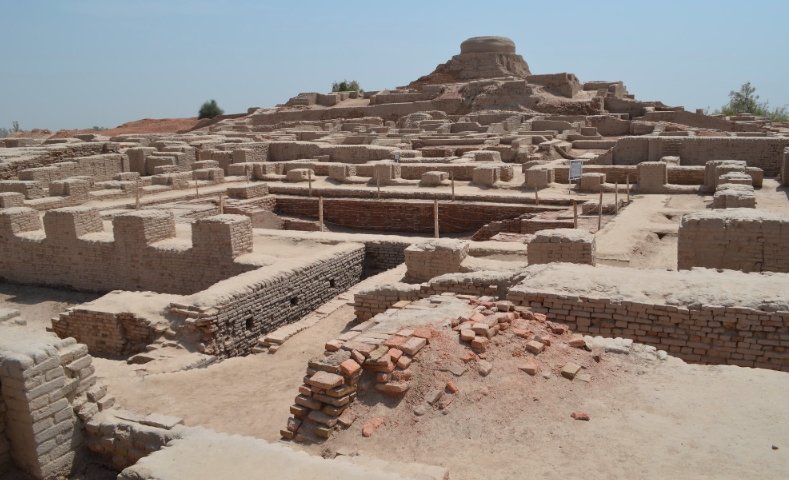A hidden Maya metropolis dating back 2,000 years has been unearthed deep in the jungles of Campeche, Mexico. Named Valeriana by researchers after a nearby freshwater lagoon, this ancient city once featured 6,674 structures, including pyramid temples, amphitheaters, and reservoirs, pointing to a sophisticated and thriving urban center.
Discovering the Lost City of Valeriana
For generations, locals in Campeche suspected that remnants of an ancient Maya civilization lay concealed beneath the dense jungle canopy. However, it was the efforts of Luke Auld-Thomas, an anthropologist from Northern Arizona University, and the use of LiDAR (Light Detection and Ranging) technology that confirmed these suspicions.
LiDAR technology, which uses laser pulses to create detailed maps of surface structures, allowed researchers to detect ancient constructions hidden beneath the forest. As Auld-Thomas reviewed LiDAR data previously gathered by forest monitoring projects, he noticed subtle signs of structures characteristic of a Maya urban center.

The LiDAR Revelation
Upon examining the 2013 LiDAR survey data, Auld-Thomas found evidence of what he suspected to be a Maya metropolis. Even though aerial views of the site revealed only dense jungle, LiDAR showed distinct patterns indicating human-made structures, such as residences, ceremonial spaces, and religious complexes.
Characteristics of Valeriana
Valeriana bears all the architectural and social hallmarks of a Classic Maya political capital. According to researchers, this city likely flourished before 150 C.E., predating the height of the Maya civilization (approximately 250 to 900 C.E.). A detailed study published in the journal Antiquity highlights Valeriana’s unique features that distinguish it from other Maya sites.
- Architectural Layout: The city has a complex layout, with organized clusters of buildings, pyramid temples, plazas, and amphitheaters, likely used for rituals, gatherings, and governance.
- Reservoirs and Aqueducts: The presence of a reservoir indicates the Maya’s advanced knowledge of water management, a crucial aspect for sustaining large populations in tropical environments.
- Civic and Religious Sites: Structures identified include pyramid-like temples and ceremonial areas, underscoring the city’s role as both a religious and political hub.
The Significance of Valeriana
The discovery of Valeriana provides valuable insight into the Maya’s expansive reach across Mesoamerica and their ability to establish sophisticated urban centers in challenging environments. Notably, it showcases the ingenuity of Maya architecture and engineering, with a highly developed urban plan, sophisticated water systems, and monumental structures dedicated to governance and religious practices.
Maya Civilization in Context
The Maya civilization, renowned for its advances in mathematics, astronomy, and writing, reached its zenith between 250 and 900 C.E. Archaeologists have previously identified several significant Maya cities, including Tikal and Copán. However, recent discoveries like Valeriana contribute to a deeper understanding of how widespread and advanced the civilization truly was, even before its peak era.
The Role of LiDAR in Archaeology
LiDAR technology has revolutionized archaeological methods in heavily forested areas like the Amazon and Mesoamerica. The technology’s ability to penetrate thick jungle canopies has led to discoveries of lost cities, fortifications, and trade routes across the Americas, transforming knowledge of ancient civilizations. Valeriana’s discovery, aided by LiDAR, is among several recent finds that offer new insights into previously inaccessible Maya urban centers.
Future Research and Exploration
Following this significant discovery, Auld-Thomas and his team are planning further on-site investigations in the hopes of uncovering additional structures and artifacts that could shed light on the daily life, trade networks, and spiritual practices of Valeriana’s inhabitants. For now, the city of Valeriana stands as a testament to the resilience and complexity of the Maya civilization, hinting at more lost cities yet to be found within the jungles of Mesoamerica.













